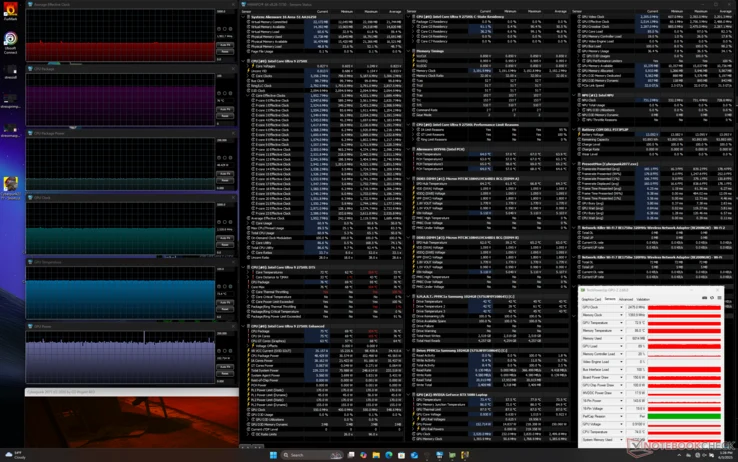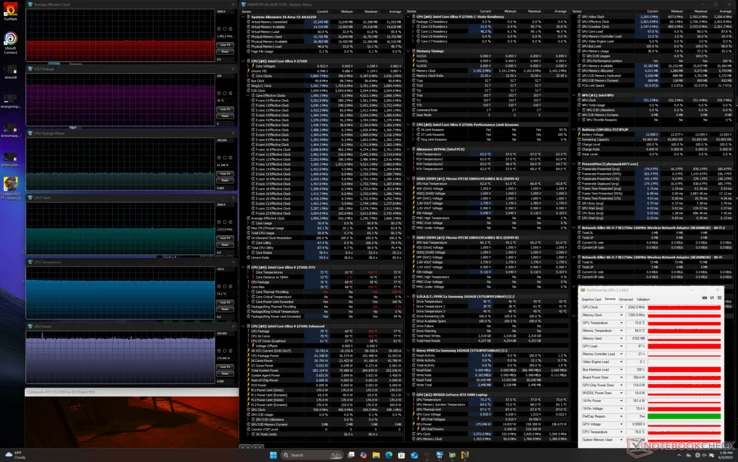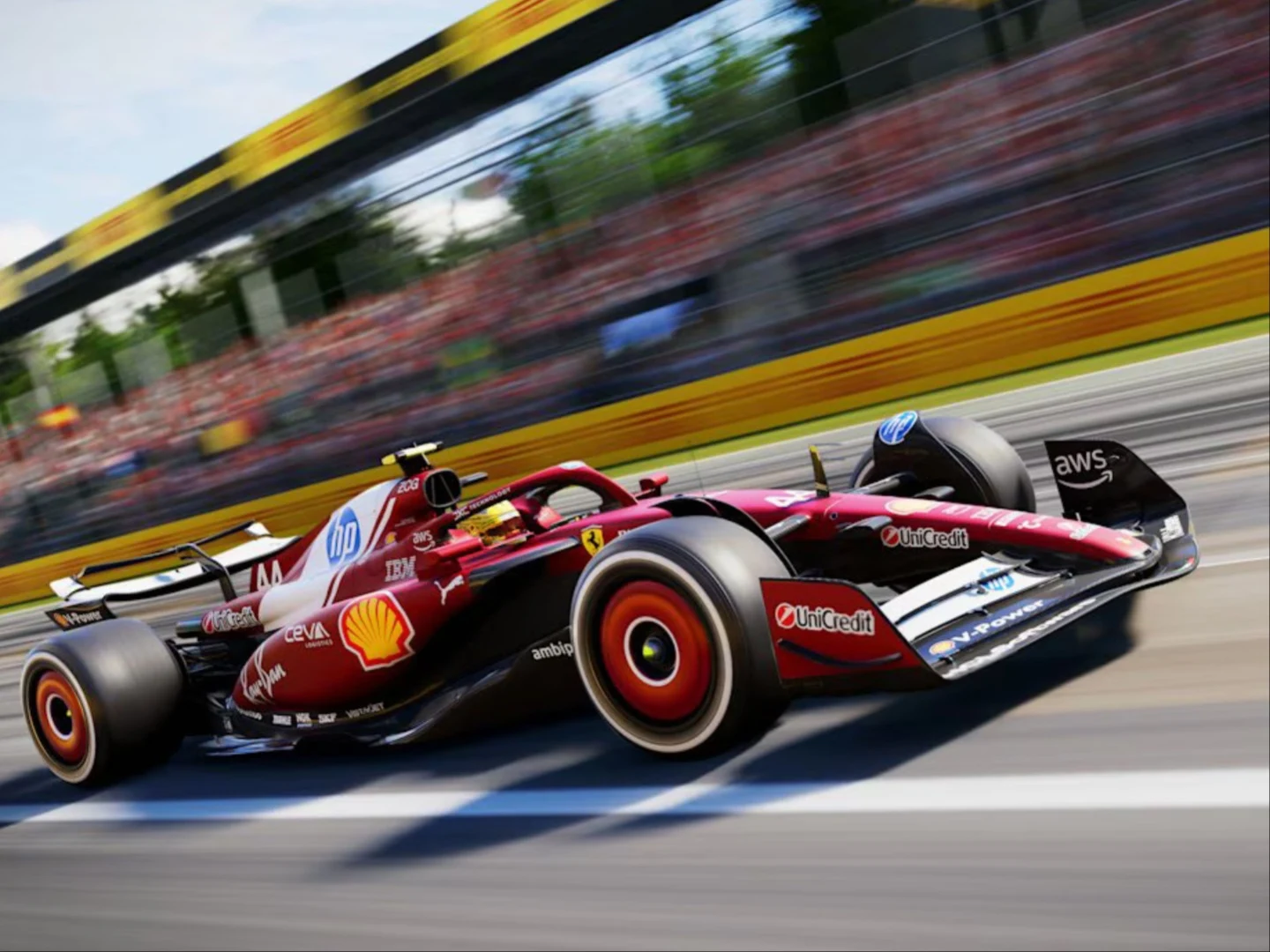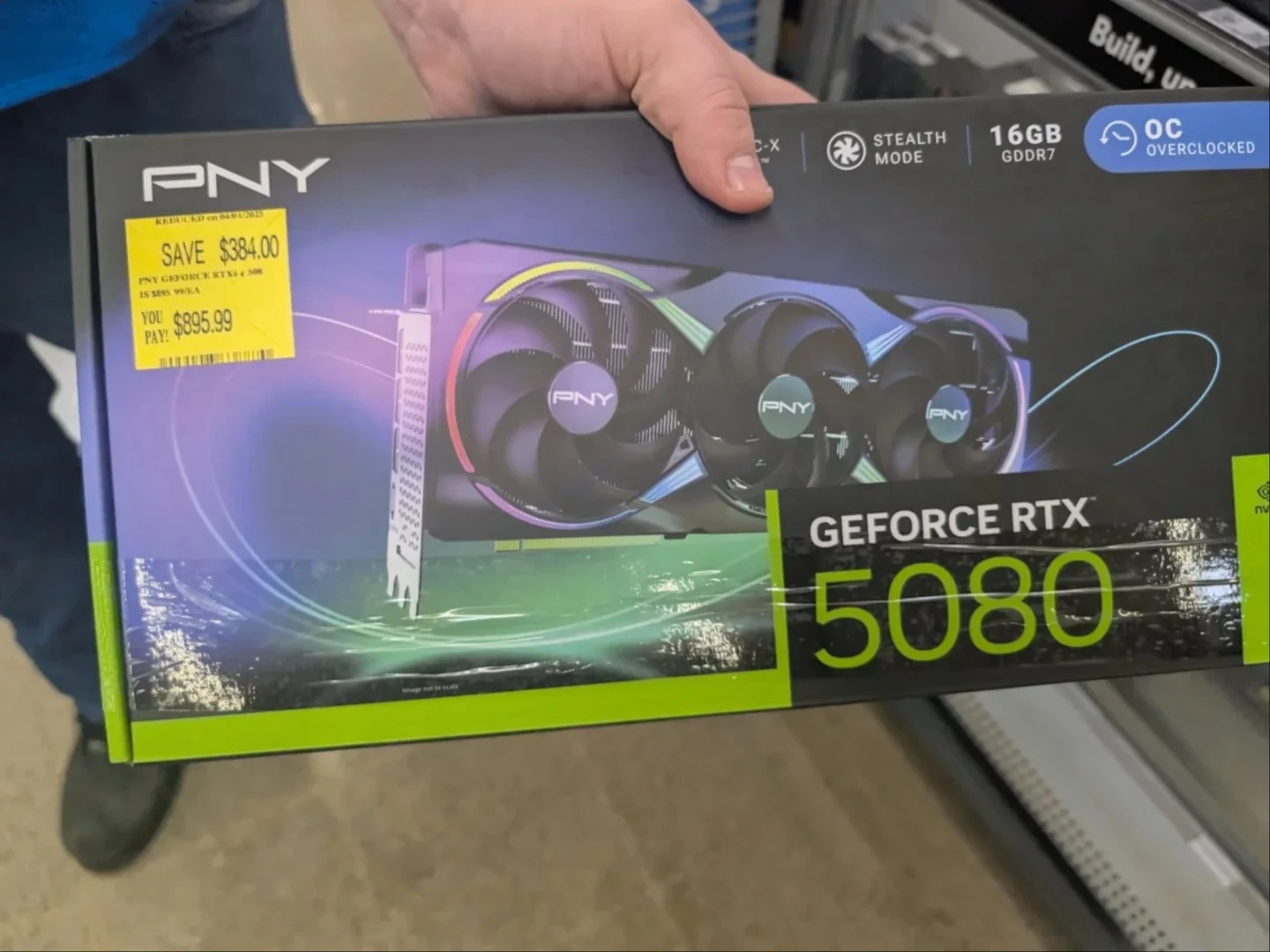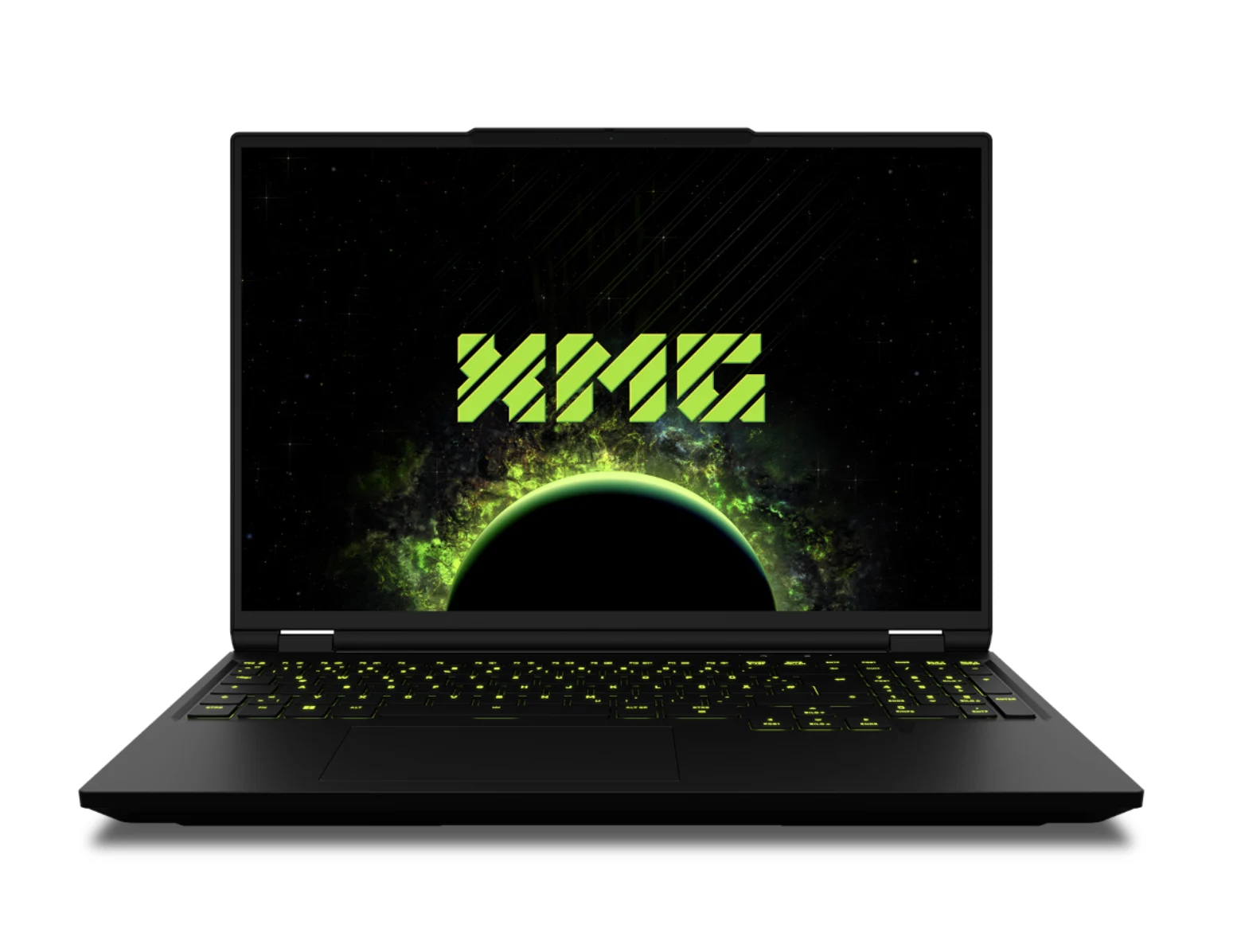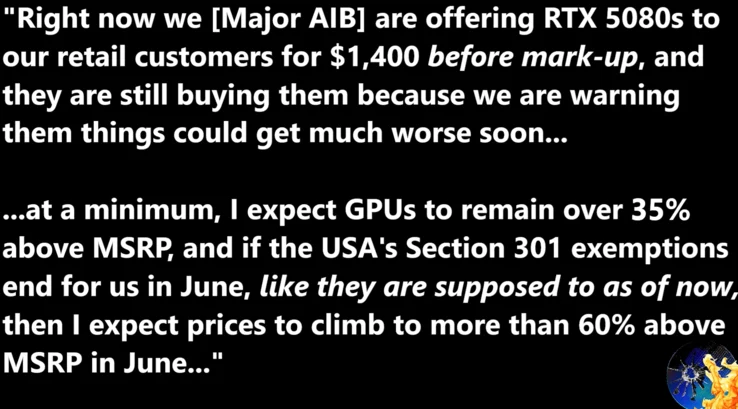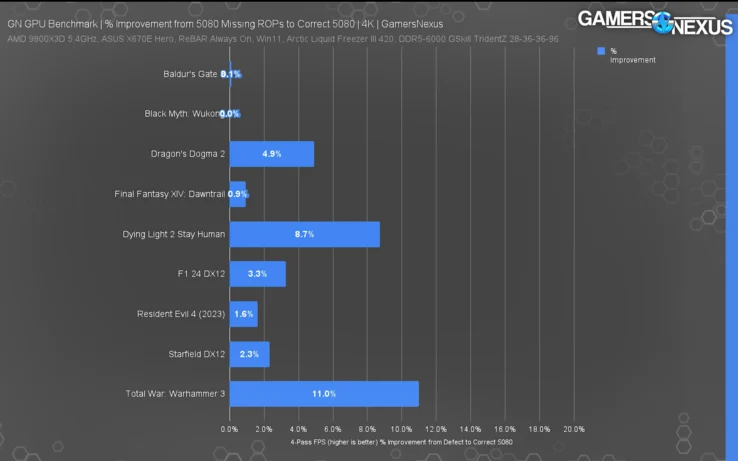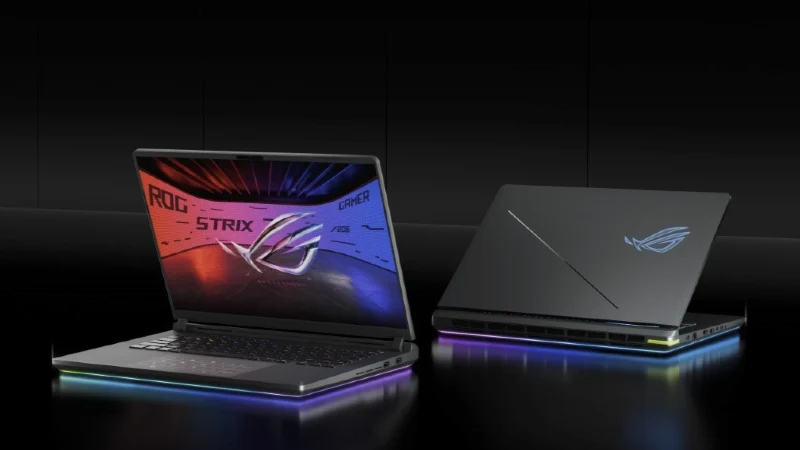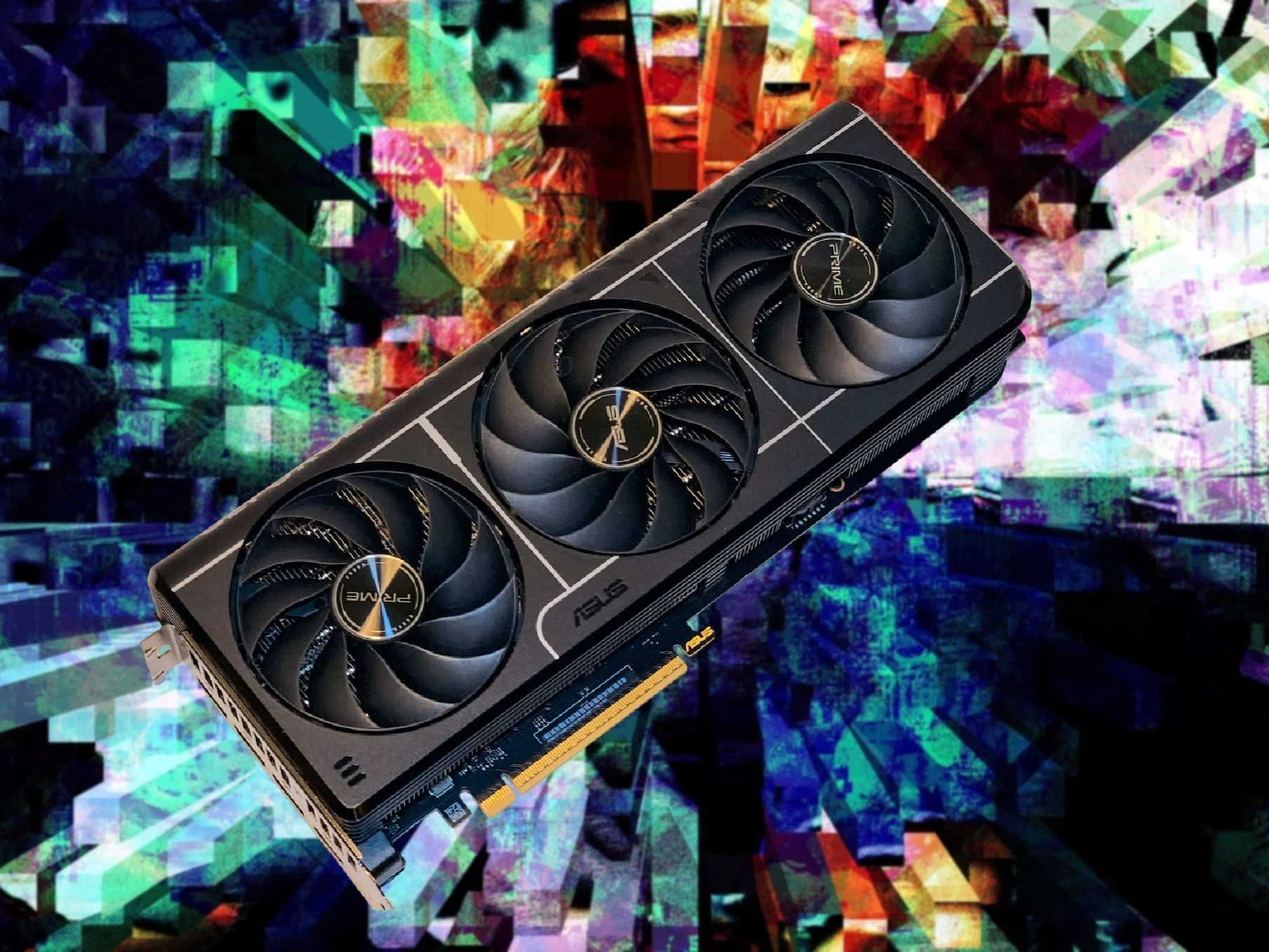Key Takeaways
1. The Alienware 16 Area-51 offers impressive 175 W TGP graphics, outperforming most 16-inch gaming laptops that typically have less than 150 W graphics.
2. It outperforms the Razer Blade 16 by 10% in graphics performance, despite both using the same RTX 5080 GPU.
3. Users must manually switch to “Turbo mode” via Alienware Command Center to access the full 175 W GPU performance.
4. In “Performance mode,” the GPU is limited to 150 W, resulting in slightly slower performance.
5. Activating Turbo mode increases fan noise from 50.4 dB(A) to 56.4 dB(A), making it louder than the Blade 16.
The Alienware 16 Area-51 is now easily accessible for buying, and we were really impressed with its 175 W TGP graphics. This laptop stands out as one of the few 16-inch gaming machines that can handle 175 W graphics without any trade-offs. In contrast, most other laptops in this same size category usually provide less than 150 W graphics. For instance, our Time Spy benchmark table indicates that the Alienware outperforms the Razer Blade 16 by 10 percent in graphics, even though both laptops feature the same RTX 5080 GPU. It’s important to mention that the Blade 16 doesn’t have a similar “Turbo mode”; its highest setting is the standard Performance mode.
Important Considerations
However, there’s a key point to keep in mind: users need to manually switch the Area-51 to “Turbo mode” through the Alienware Command Center software that comes pre-installed, if they want the GPU to operate at 175 W. If not set to Turbo, the GPU is limited to 150 W, which results in slightly slower performance in “Performance mode.” Additionally, when moving from Performance mode to Turbo mode, the fan noise noticeably rises from 50.4 dB(A) to 56.4 dB(A), making it a bit louder than the Blade 16. While Dell’s offering is likely one of the fastest options available, it definitely has its drawbacks.
Source:
Link
